Flavor characteristics of coffee beans treated with Costa Rican Tara Zhubaha raisin honey

Costa Rican coffee is always so fascinating, sweet and powerful that you can't help but want to explore all of it. Honey treatment is the most famous treatment in Costa rica. the pursuit of processing skills and quality makes Costa Rican coffee take the initiative in the world.
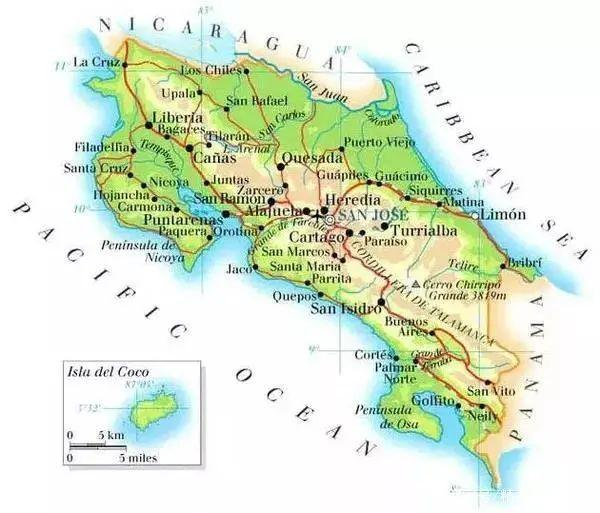
Coffee history
Costa Rican coffee is located in the southern Republic of Costa Rica, its flavor is similar to Colombian coffee, coffee is an important economic source of Costa Rica, introduced in 1808, has a history of more than two hundred years. Costa Rica has about 1/3 of the population to participate in the cultivation of coffee beans, although the land area in Central America is the third to last, but the economy is more than half of the country.
Coffee was introduced into Costa Rica from Cuba in 1729. Costa Rica has a population of 3.5 million but has as many as 400 million coffee trees. Coffee exports account for 25% of the country's total exports. Costa Rica has fertile volcanic soil and good drainage. In particular, the central plateau suddenly includes several layers of volcanic ash and dust.
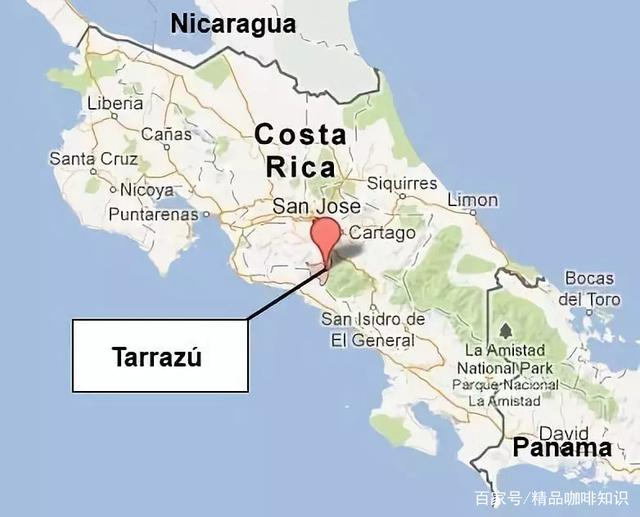
Tarasu producing area
Tarrazu, located in the south of the country's capital SanJose, is the main producer of Costa Rican coffee and one of the major coffee producers in the world. Coffee is grown in fertile soil and well drained. Although coffee production is small, it is still owned by the last three generations of the McAlpine family in the UK.
Tarrazu has the highest average latitude and excellent climate and soil conditions, which makes Tarazhu the most famous and generally recognized coffee producing area in Costa Rica.
Tarasu producing area is the most intensive area of fruit cultivation in Costa Rica, the manor mainly grows passion fruit, and the amount of coffee is also quite small, but the coffee beans in this area are mostly treated with red honey, black honey and yellow honey. Sweetness and berry aromas will definitely surprise you, with good sweetness, consistency and thickness, with ripe fruit flavors similar to dried bananas.
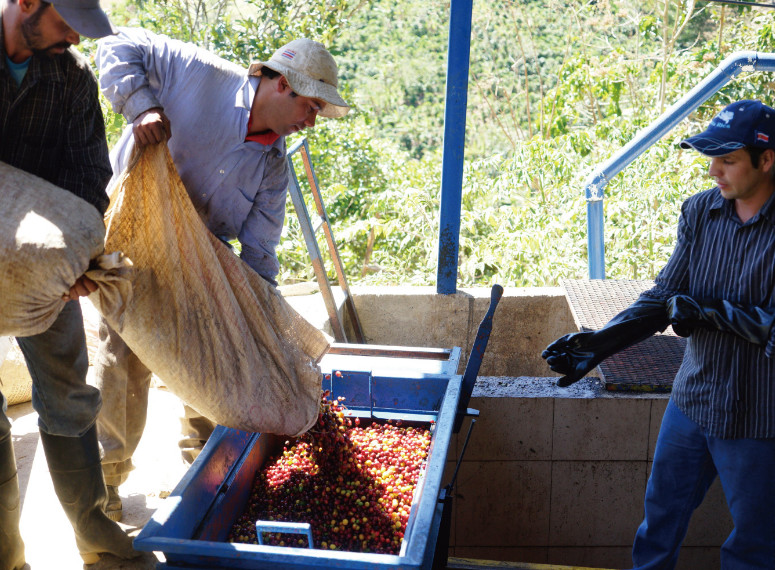
Carnett Manor
Finca Canet is a small 5-hectare estate in the town of San Marcos in Tarrazu, owned by three brothers, the Robles brothers Leo and Elian and Melvin, who have worked together for more than 10 years and share a small water treatment plant (Beneficio).
Carnett Manor is located at the highest altitude where Tarrazu coffee is grown in Costa Rica. This area is the most densely planted area of Costa Rican fruit, the main manor is to grow passion fruit, the amount of coffee is quite rare, there is only one specific area to grow coffee, take special care, only pick ripe red cherry fruit.
Variety: bourbon variety Kaddura
Kaddura, a single-gene variant of Bourbon bourbon, was discovered in Brazil in 1937 with better yield and disease resistance, shorter trees and easy harvesting. Unfortunately, it encountered the same problem as bourbon-as a result, it took a year off, and the flavor was equal to or slightly worse than bourbon beans.
But its flavor is comparable to or slightly worse than bourbon beans, more importantly, super adaptability, no shade trees, direct exposure to the sun can also be full of vitality, commonly known as exposed coffee (Sun Coffee), can adapt to high-density planting, but must apply more fertilizer to increase costs, so the acceptance of coffee farmers is not high in the initial stage.
Kaddura is suitable for high altitude areas from 700m to 1700 m, but the higher the altitude is, the better the flavor is, and the bean yield is relatively reduced. There are also variants of yellow Kaddura in Central and South America, but the wind rating is not as good as Huang bourbon.
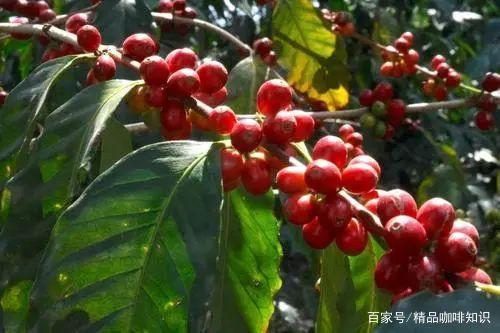
Costa Rica is divided by altitude.
SHB: very hard beans grow at 1500 meters above sea level
GHB: you hard beans grow at 1100-1200 meters.
HB: hard beans grow at 1000 meters.
High-quality Costa Rican coffee is called "extra hard beans". This kind of coffee can grow above 1500 meters above sea level. Generally speaking, the higher the altitude, the better the coffee beans, not only because the higher altitude can increase the acidity of the coffee beans and thus increase the flavor of the coffee beans, but also because the night temperature at the higher altitude is lower, which can make the trees grow slowly and make the coffee beans have a stronger flavor.
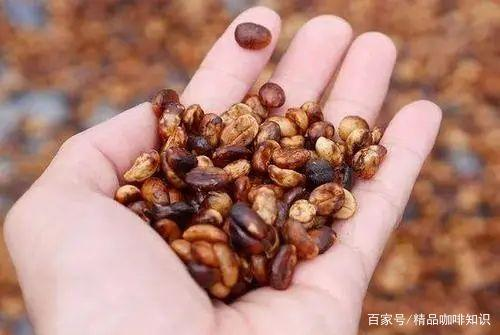
Treatment method
Raisin honey treatment: retain 100% pectin and zero water treatment.
It increases the difficulty of the honey processing method, which requires strict control of time. On the day of harvesting coffee cherries, pour the harvested coffee fruit into a big trough, and the ripe and full fruit will sink to the bottom of the water; the underdeveloped or overripe fruit will surface, and these floating beans need to be removed. Dry the screened coffee fruits on an elevated bed for at least three days, then peel the cherries and retain the pectin before drying. At this stage, climate factors are the key to the success of honey treatment.
Keep turning these coffee cherries during the drying process to make them dry evenly, but control the turning frequency and dry slowly to ensure that the coffee is fermented, but not so slowly that it is overfermented.
Yellow Catuai; Catuai Amarillo, a hybrid of Mundo Novo and Kaddura, was first bred by the Brazilian Institute of Agricultural Research (Instituto Agronomico de Campinas) in 1949. Huangkaduai, like Red Kaduai (Red Catuai, Catuai Rojo), has extremely high disease resistance and is suitable for planting in high altitude and windy areas.
Both Catuai also have a delicate and clean sour taste. Through the adjustment of the machine, coffee treated with red honey, yellow honey and black honey is produced (depending on the degree of honey treatment). Canet is located at the highest altitude where Tarrazu coffee is grown in Costa Rica. This area is the most densely planted area of Costa Rican fruit, the main manor is to grow passion fruit, the amount of coffee is very rare, only a specific area to grow coffee, take special care, only pick ripe red cherry fruit.
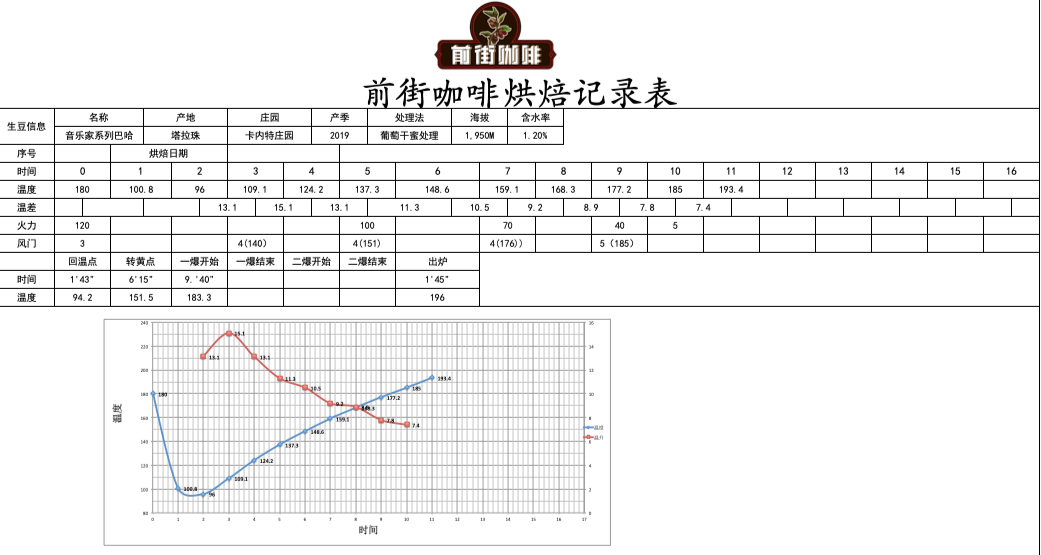
Baking curve
The roaster is the 800N Yang Family Pegasus from Taiwan, the type of semi-straight fire, the maximum throttle is 5, and the input is 300 grams.
The temperature is 94.2, the yellowing point is 15, the temperature is 151.5, the temperature is 183.3, the development time after the first explosion is 183.3, the development time is 39, the temperature is 94.2, the temperature is 94.2, the yellowing point is 15, the temperature is 151.5, the development time is 39, 45, the temperature is 196.
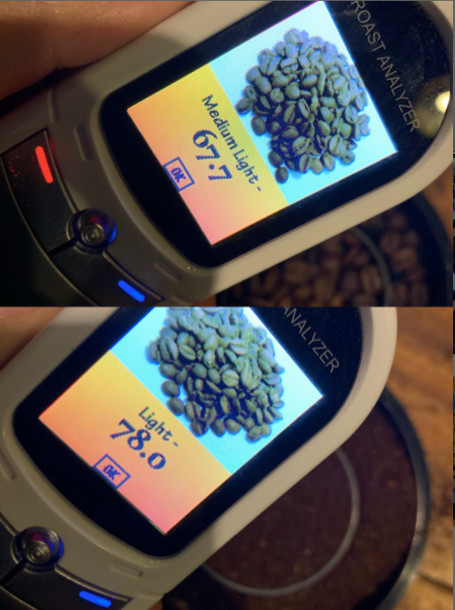
The Agtron bean color value is 67.7 (above), the Agtron pink value is 78 (bottom), and the Roast Delta value is 10.3.
Baking ideas
This Costa Rican Bach coffee bean is the two most common varieties in Central and South America: Kaddura and Kaduai. Raw beans smell with fermented fruit aroma, observe raw beans, beans show dark green, at an altitude of about 1950m, beans are relatively hard, and it is the 2019 production season, the water content of beans will be relatively higher. In the baking technique, we use a way to gradually reduce the fire and prolong the dehydration time to climb this curve, considering that this "Costa Rican musician Bach" uses double fermented raisin honey treatment. The degree of baking is designed to be medium-baked, mainly to highlight the fermented and fruity aromas of this bean, while retaining the balanced and full taste of honey-treated beans.
Take Qianjie Coffee, Costa Rica Bach Coffee beans as an example
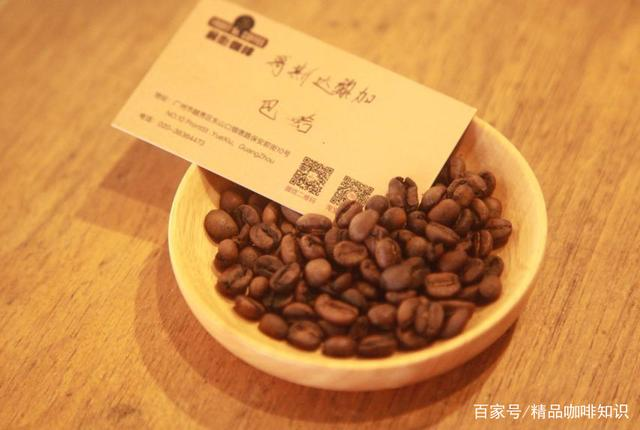
Testing the Flavor of Costa Rica Bach Coffee Bean Cup
It smells like the fermented aroma of rice wine, with ripe tropical fruits, sweet and sour berries, nutty, creamy flavor, caramel and a hint of flowers on the finish.
Washing and cooking technique
Cooking utensils: Hario V60
Water temperature: 90 °
Powder / water ratio: 1:15
Degree of grinding: medium and fine grinding
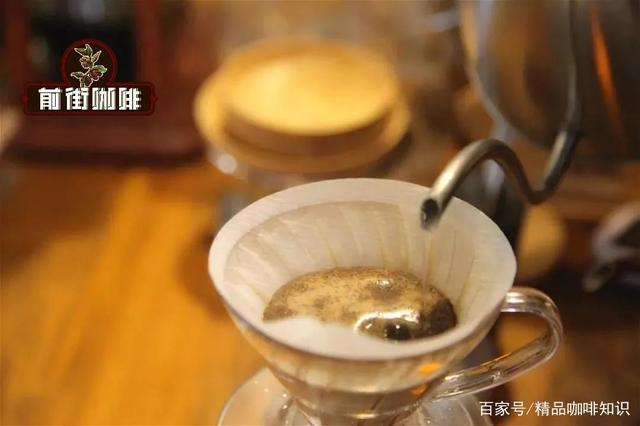
Washing and cooking technique
The staged water injection is steamed with 30 grams of water for 30 seconds, the small flow is injected around the circle to 125 grams, and when the water level is about to be exposed to the powder bed, continue to inject water to 225 grams to stop water injection. when the water level is about to be exposed to the powder bed, the extraction time is 1.56 seconds.
Important Notice :
前街咖啡 FrontStreet Coffee has moved to new addredd:
FrontStreet Coffee Address: 315,Donghua East Road,GuangZhou
Tel:020 38364473
- Prev

Description of flavor, taste and aroma of red Pacamara sun-dried boutique coffee in lemon tree manor of Nicaragua
Professional barista communication please follow the coffee workshop (Wechat official account cafe_style) Fincas Mierisch Limoncillo Red Pacamara Natural country: Nicaragua: Matagalpa altitude: 850m-1150 m treatment: sun grade: SHG variety: Pacamara flavor description: tropical fruit and spice aroma when grinding beans
- Next
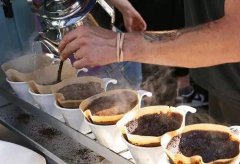
Flavor characteristics of Rosa Coffee beans in Milasu Manor, Costa Rica
Professional baristas Please follow the Coffee Workshop (Wechat official account cafe_style) the owner is a doctor of agriculture who is very good at processing and post-processing, and later fulfilled his dream of setting up his own processing plant and manor, and the farm grows many different varieties. Mila Su brothel in the sun has a faint floral fragrance.
Related
- Detailed explanation of Jadeite planting Land in Panamanian Jadeite Manor introduction to the grading system of Jadeite competitive bidding, Red bid, Green bid and Rose Summer
- Story of Coffee planting in Brenka region of Costa Rica Stonehenge Manor anaerobic heavy honey treatment of flavor mouth
- What's on the barrel of Blue Mountain Coffee beans?
- Can American coffee also pull flowers? How to use hot American style to pull out a good-looking pattern?
- Can you make a cold extract with coffee beans? What is the right proportion for cold-extracted coffee formula?
- Indonesian PWN Gold Mandrine Coffee Origin Features Flavor How to Chong? Mandolin coffee is American.
- A brief introduction to the flavor characteristics of Brazilian yellow bourbon coffee beans
- What is the effect of different water quality on the flavor of cold-extracted coffee? What kind of water is best for brewing coffee?
- Why do you think of Rose Summer whenever you mention Panamanian coffee?
- Introduction to the characteristics of authentic blue mountain coffee bean producing areas? What is the CIB Coffee Authority in Jamaica?

